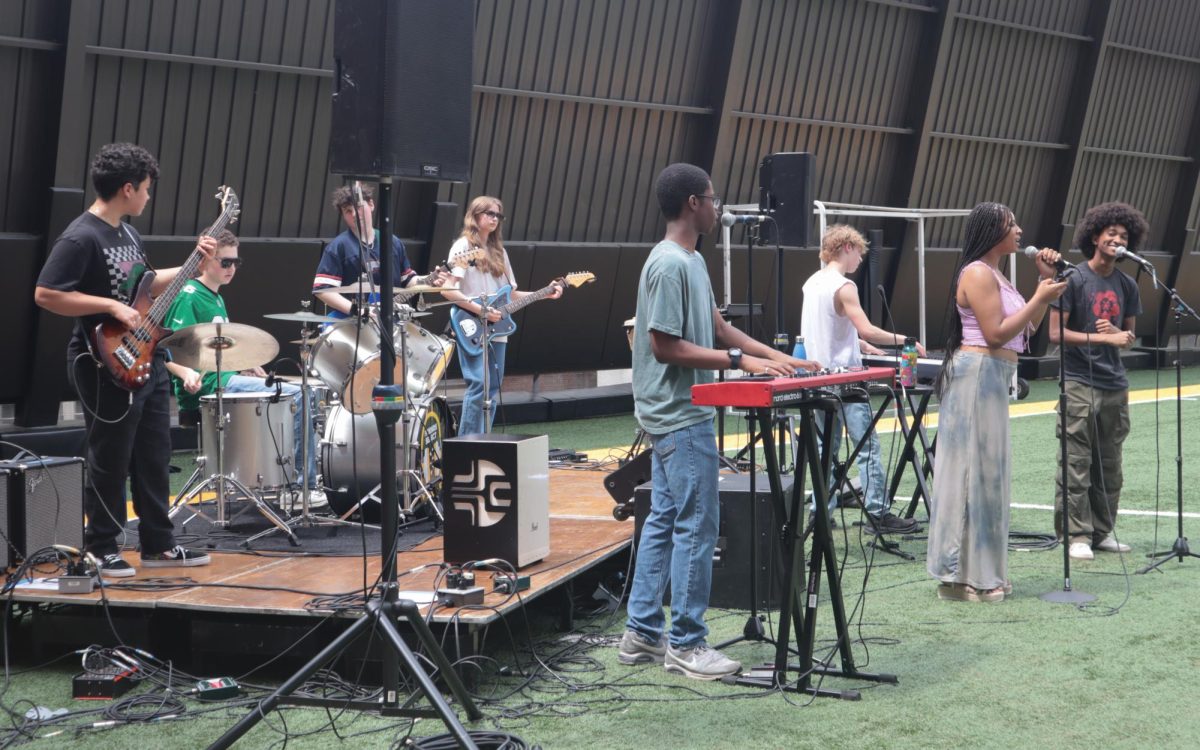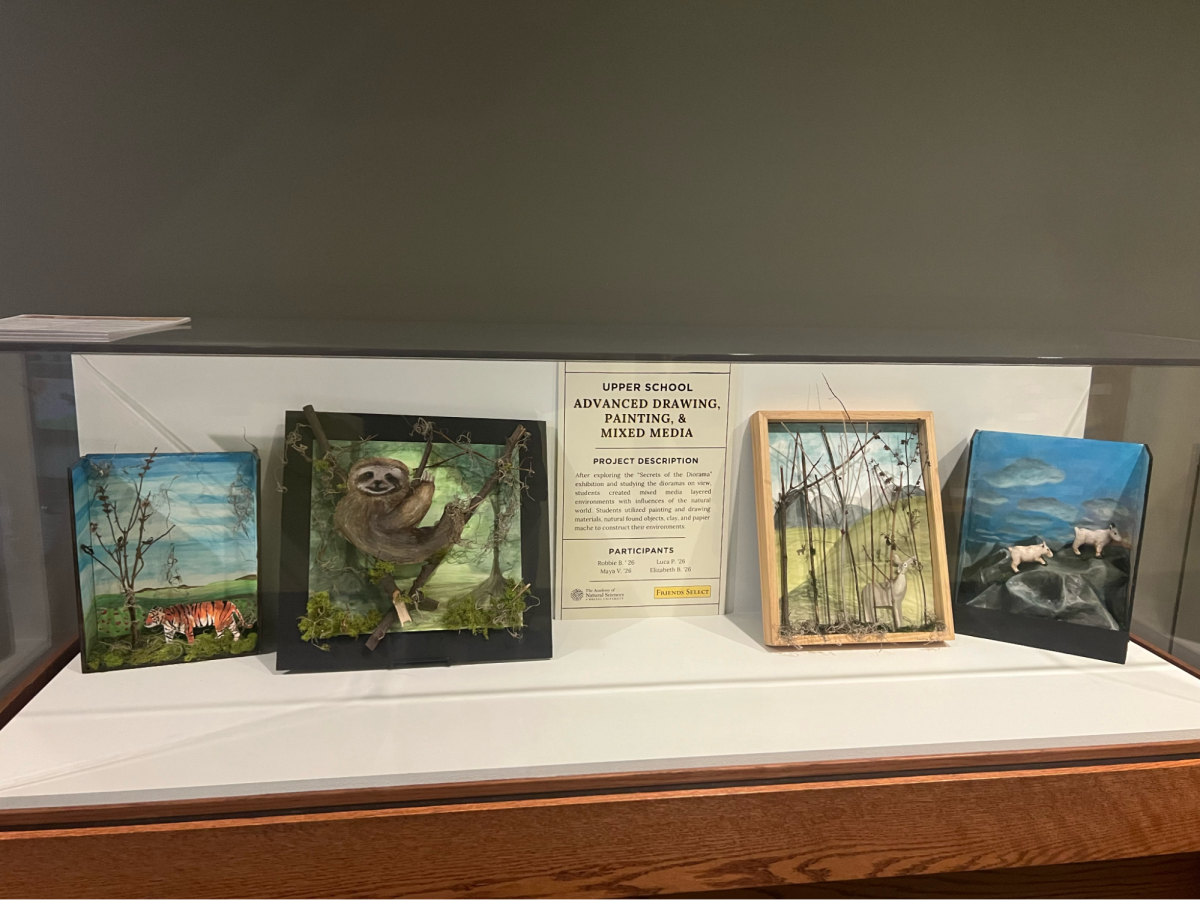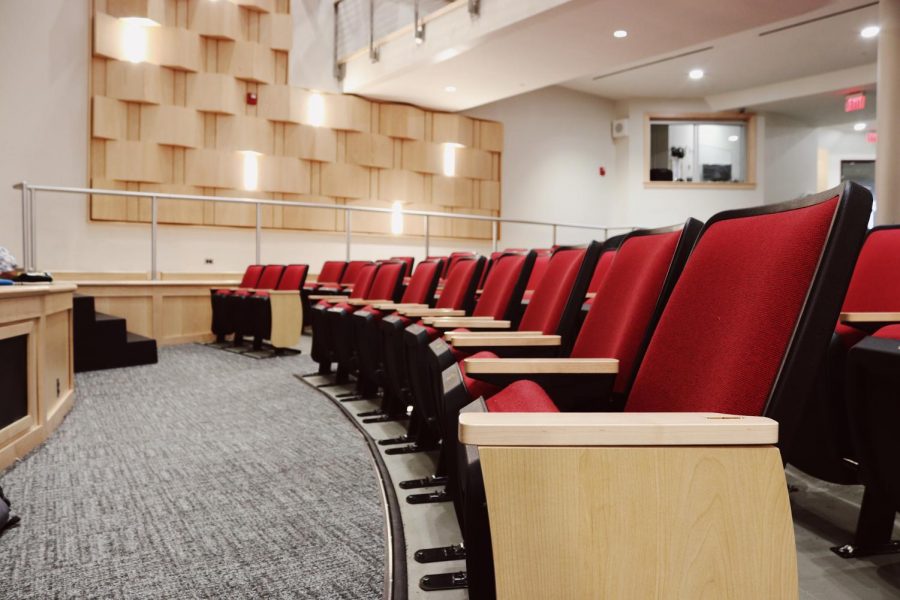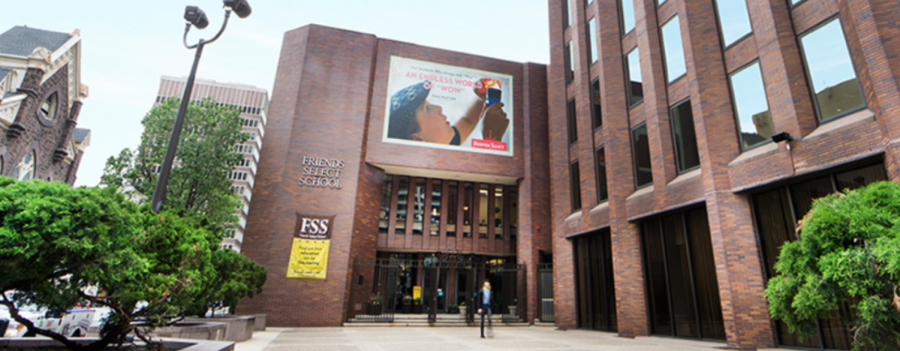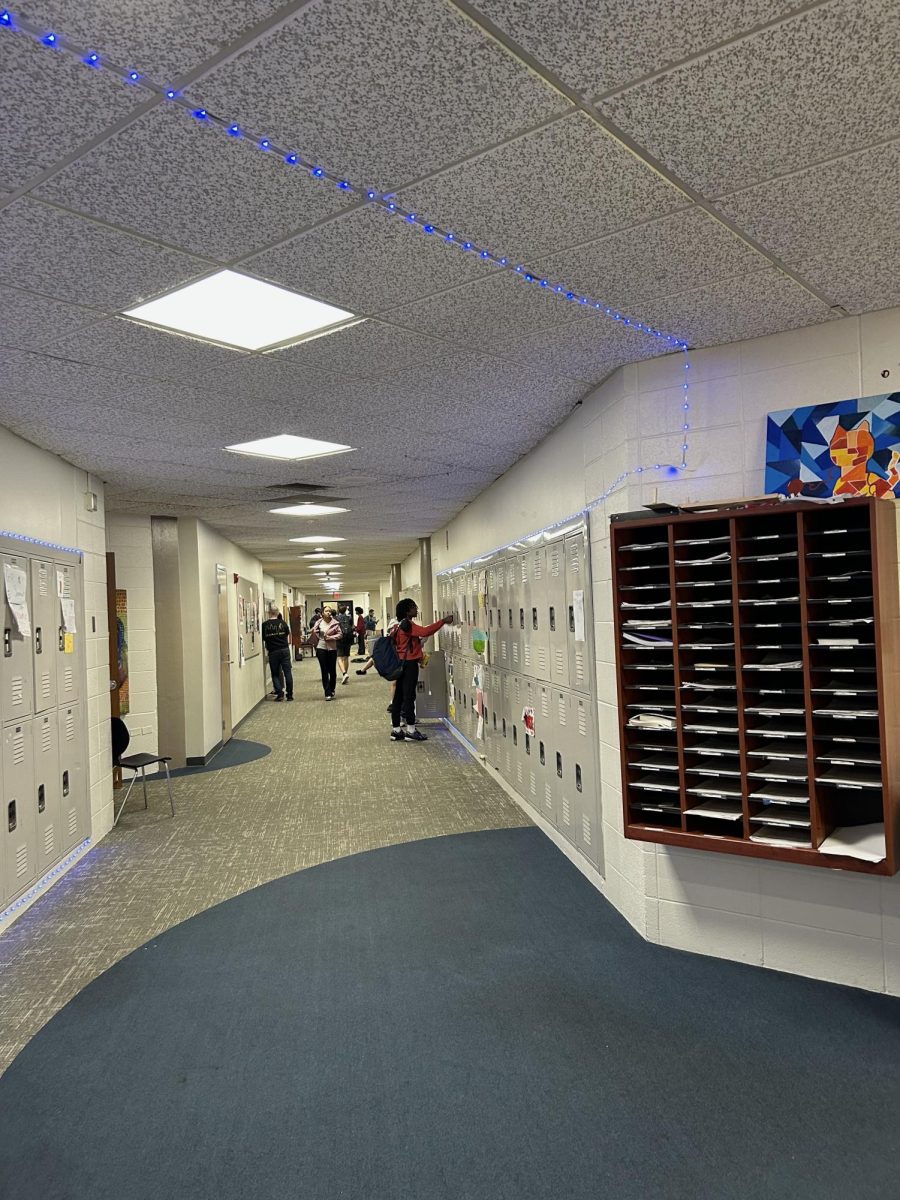It’s Time to Transition Online and Start Catering to Virtual Students
We’ve seen the risks of in-person learning, and the anxiety that comes with it. Now, it’s time to adapt.
When my sister tested positive for Covid this past week, a wave of shock ran through my family. We were all nervous about her health, both mental and physical, as she entered her quarantine period. Though she took a few days to try her best to relax and not think about her sickness, she was quickly hit by the second round of stressful emotions – the pressure to keep up with all of her schoolwork.
My sister, a renowned and self-titled germaphobe, is the safest person I have met throughout the pandemic (and honestly, my life). She washes her hands for six minutes straight every time she comes home after an outing. She frequently double-masks, wears latex gloves, and always carries hand sanitizer. She is the absolute last person I would ever expect to contract Covid-19. This just goes to show the transmissibility of the omicron variant. No matter how safe we are in a school environment, everyone is susceptible.
Friends Select’s controversial decision to remain open for in-person learning has left many feeling unsafe and unheard. In a poll posted on @fssfalconnews on Instagram, 55% of the 97 students, teachers, and family members who responded voted that they feel that students should be learning virtually. Additionally, 60% of respondents voted that they felt it was unsafe to be learning in the building. Charlie Chen ‘23 says, “it seems like kicking a can down the road. Some people and families can’t afford to wait until an outbreak.”
While I understand that the school has chosen to remain in-person for reasons (conveyed through a slew of announcements and community-wide emails) like the increased quality of learning, teacher morale, and providing childcare for lower-school families, I feel as though safety is not being prioritized enough. Especially coming back from winter break, a period in which many families travel and see extended family and friends, the web of close contacts and potential exposures grows messy and dangerous. Even a temporary online period – perhaps two weeks – would have decreased risk many times over and allowed people to have the time to quarantine after potentially traveling or flying.
But the school has made no such decision. Over 29 students, which is more than one-eighth of the Upper School community, were absent at the beginning of this week for quarantining or illness, among other reasons. And that number is only growing. While the school has decided to increase the frequency of office hours to allow students from home to check in with their teachers, I see an obvious hole in this logic: they are missing class, where the material is being taught and the dialogue among peers is happening in the first place. I have gotten a close-up view through my sister of what support she is being provided: emails listing the times of office hours and encouragement to stay in communication with classmates and teachers.
I am of the belief that we should be learning virtual currently. Even if it was just the Upper School participating in iSelectLearning, which would actually protect older students who are more likely to have frequent close contacts because they participate in social functions, are involved in sports teams, and work jobs, all activities that require additional interaction beyond their classmates and teachers. This would also give more space for lower and middle school classes to spread out within the main school building, decreasing contacts and risk. I have already gotten a few emails stating, ‘you are a close contact for someone who just tested positive.’ Each time, a new round of nerves and anxiety is initiated, making it difficult for me personally to feel safe and focused in the school environment.
Omicron surges are causing many colleges and universities to start 2022 online, even when college students are largely living on campus or with other students between the ages of 18-22. Colleges are largely self-contained within the world of healthy young people with strong immune systems. Yet high schools like ours, where students live with their families and parents and are in school buildings with young children who are less likely to be vaccinated and boosted because of delays in vaccine approvals, are still remaining in-person.
I think everyone can agree that hybrid learning was not optimal for anyone. It was always a complex process to arrange Zoom microphones, camera angles, and so on. However, I believe it is imperative that Friends Select adopt additional support methods for students who are sick or quarantining (beyond office hours), like opening up Zooms without fully transitioning to hybrid.
“I wouldn’t want to make it harder for the teachers at all. Just opening up a Zoom session for students to listen in on. They don’t have to change anything about their teaching styles. It is needed for students right now,” says Elena Milliken ‘22.
Because it seems that the school will not be transitioning to online learning, it is time to start providing stronger virtual support, like allowing students to Zoom in without changing the essential structure of the class. With a significant chunk of our small, tight-knit community absent due to this highly contagious and infectious pandemic, we all need a bit of extra support and peace of mind. Allow students to heal and recover without the impending pressure of keeping their grades up and teaching themselves material from their bedrooms.

